Based on materials from androidauthority.com
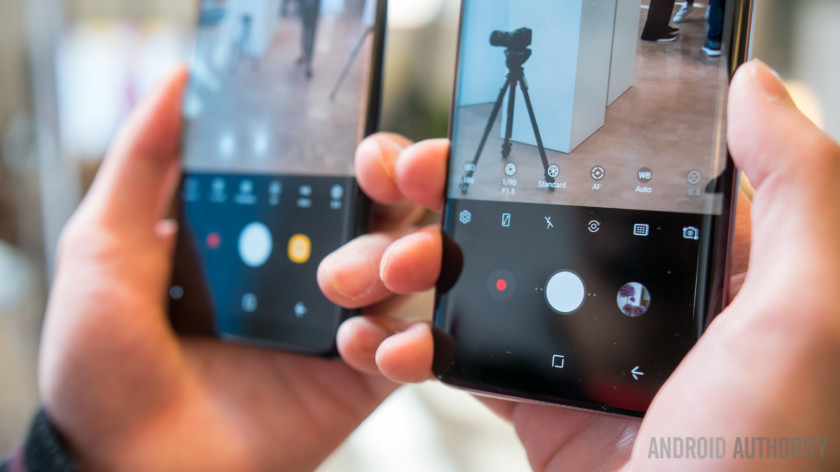
No flex phones were shown at the last MWC 2018, despite the hype that has been around the topic for years. However, not everyone knows that foldable screens already exist. If you own one of the latest high-end smartphones, it may be equipped with just such a screen.
Phones with hard organic LED (or OLED) screens like Samsung Galaxy S8, S9, Note 8 and iPhone X have some of the best screens on the market. However, these screens are not generating huge sales contrary to what some analysts have predicted.
In fact, these smartphones all have flexible OLED screens – but these screens are simply enclosed in a solid body. The promised future, in which phones can be bent and folded as desired, has not come, but this technology in existing screens is quite in a mature stage.
Samsung owns more than 95 smartphone market with OLED screens, which the company manufactures both for itself and for Apple. The Galaxy S8's 'infinite screen' uses a bendable OLED panel that folds around both edges of the device, but retains the exact same shape thanks to being enclosed in a durable glass case.
Samsung and its flexible OLED screen technology promise some of the best premium screens in the current and next generations – it looks like it will hold true for 2019-2020 and beyond.
But, as stated, these lovely screens have not generated significant growth in the smartphone market. There is no explosive demand for premium smartphones. Instead, there is a drop in global sales. But why? In part, it is also because the technology discussed above has not yet materialized into a fully flexible device. Screens have been able to bend for years, but a smartphone is not just a screen. Prototypes have been shown for a long time, but no company has yet wanted to take the risk and release a smartphone with a fully flexible screen.
Flexible OLED panel technology promises beautiful screens enclosed in thinner and lighter cases. The ability to bend allows you to significantly reduce the bezels and create a truly frameless design, or it may allow a larger number of new form factors to appear if one of the smartphone manufacturers turns out to be bold enough and moves away from the old rectangle. Samsung hinted at the appearance of a device that can bend in both directions at MWC this year.
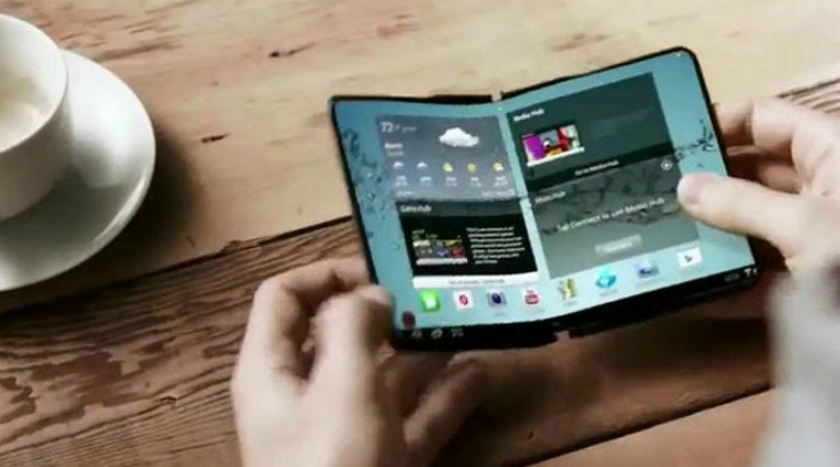
At every CES event in the past five to six years, we've seen super-flexible screens of all sizes from different manufacturers. Some could even be rolled up like a bill. Some could be folded, for example, allowing the tablet to be reduced to the size of a smartphone.
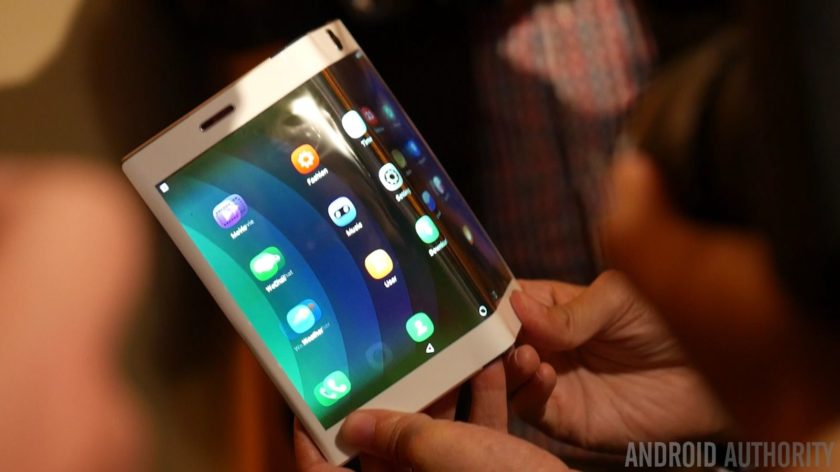
But when asked why the latest smartphones cannot be taken and rolled into a tube, there are a number of quite obvious reasons. OLED screens contain organic material that is very sensitive to water. This currently makes strong protection necessary. With regard to other parts, some progress has already been made. There are flexible batteries, however, their capacity is far from what we are used to, energy storage remains a significant problem. Add in the need to create bendable processors, lenses and other parts, and things get even more complicated. Thus, without significant innovation, the use of the flexible panel remains extremely limited.
Instead of flexible OLED screens, which could be a factor in favor of buying one or another top smartphone, we see the growth of the lower segments, where the industry depends on cheap LCD and a-Si LCD panels.
The next frontier in the development of screens, most likely, will be the opposition of ever improving technology OLED, quantum dot screens and micro-LED (mLED or µLED). The names of the last two accurately describe their essence. Quantum dots (QDs) are about 10 helium atoms in size and release stored energy as light at a specific wavelength. Unsurprisingly, the production of such screens is incredibly difficult. And that's not what Samsung is currently using in their Quantum Dot TVs.
QD technology has already hit the market in liquid crystal displays, in which quantum dots act as RGB LED backlights. This is the so called Quantum Dot Color Filter, and compared to LCD it has higher contrast, brightness, more viewing angles and more black levels. They do not have a burnout problem as they do not use organic materials, while OLED are thinner and more flexible.
Micro-LED is an easier technology to understand. These are the 'thinner' LED screens that we know and love. The technology has such advantages OLED as no need for backlighting, high contrast ratio, deep blacks and lower power consumption.
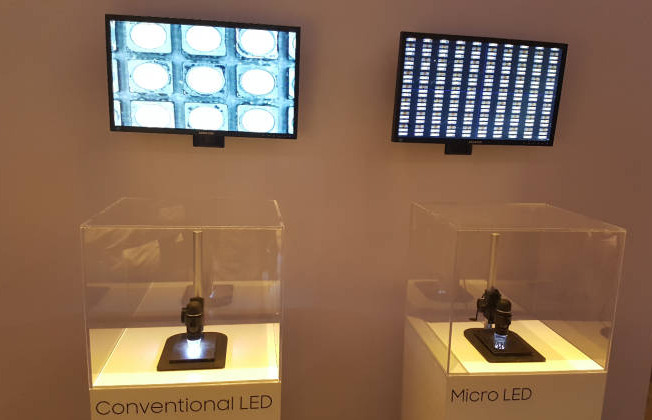
Apple, Samsung and Sony are just some of the names associated with the development of technology. As with QD, it has extremely tight manufacturing tolerances, resulting in significant production constraints.
So, the near future looks more like what we see in the Razer Phone, which uses IGZO semiconductor technology in LCD panel for improved performance along with higher refresh rates and lower power requirements.
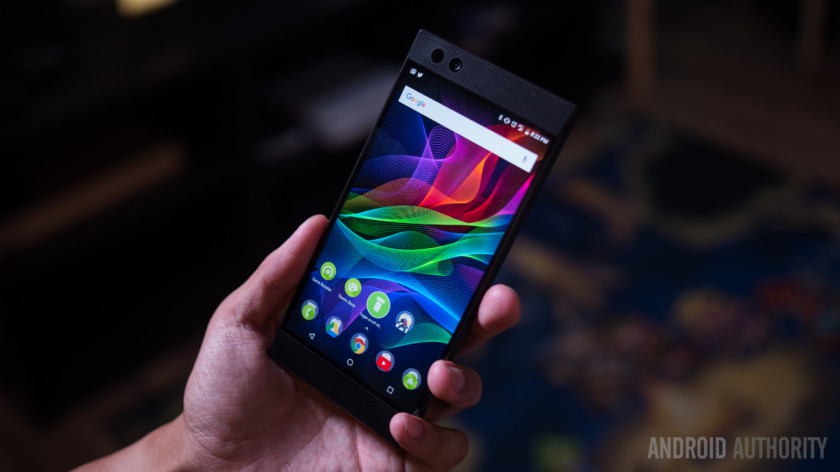
We will also see more OLED screens in mid-range phones thanks to Chinese manufacturers, who, however, will not be able to compete with the performance of Samsung products in the next year or two.
LG Display will also produce improved P – OLED screens, production efficiency and screen quality will increase. Sony and Apple are rumored to be ordering flexible OLED screens for new smartphones, including a rumored large variant iPhone – one of three to hit the market.
To summarize, Samsung is the only company that has come close to a future in which flexible devices are possible. So far, they are not bringing anything like this to the market because they do not see real-world use cases. In any case, we will not see a flexible smartphone in 2018, nor will we see the growth in sales that flexible OLED screens should entail. Before we see a radical change in devices.
